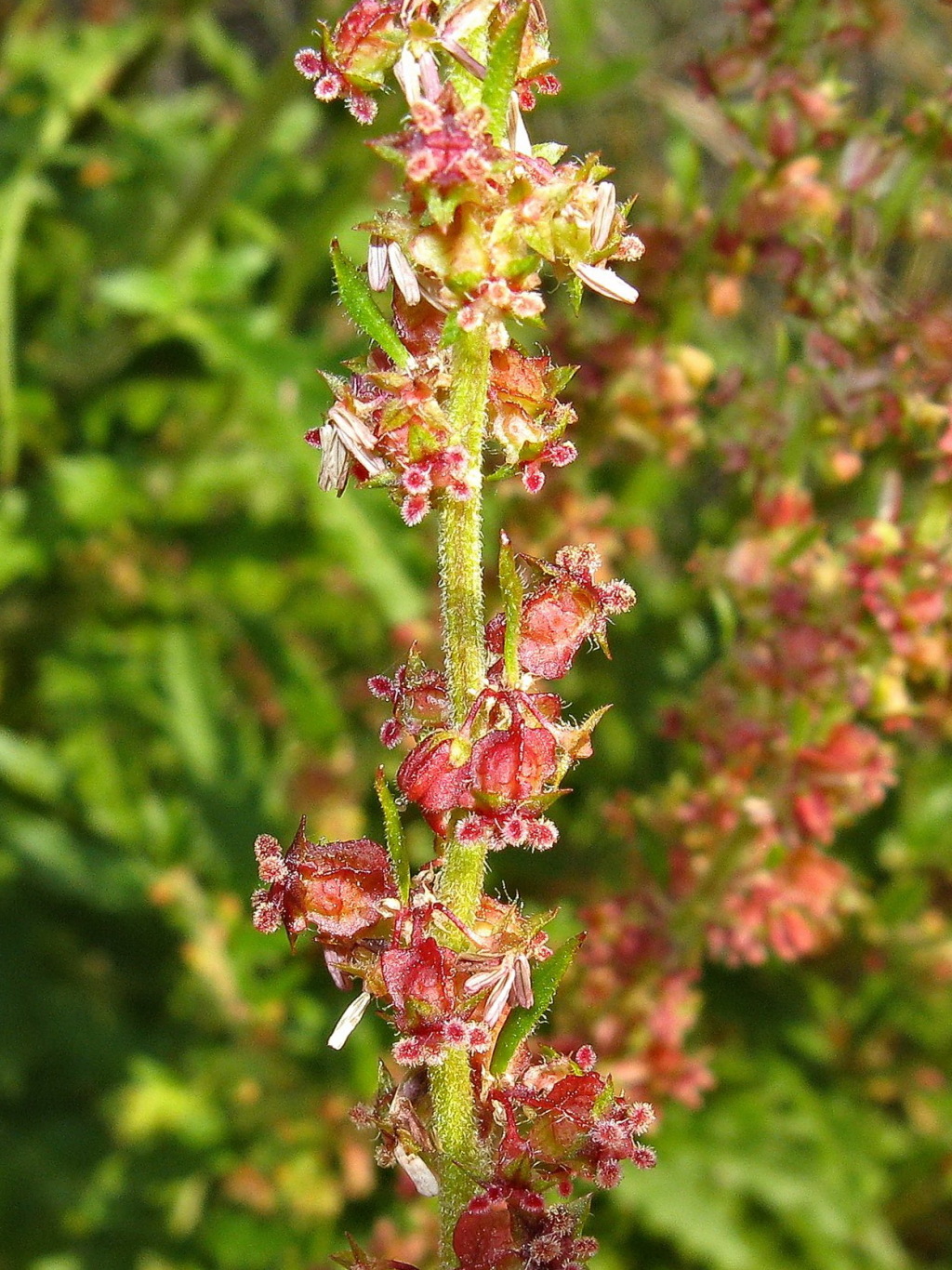Haloragis odontocarpa
F.Muell. Toothed RaspwortAnnual herb 10–100 cm tall; rootstock a taproot; stems smooth, pilose, glabrescent. Leaves mainly alternate, ovate, mostly 15–60 mm long, 4–15 mm wide, with 10–30 prominent blunt teeth, pilose, petiole to 20 mm long; bracts linear, 3–10 mm long, entire or serrate, green; bracteoles linear, 0.6–0.7 mm long, membranous, brown. Inflorescence usually 3–7-flowered; pedicels 0.2–0.5 mm long; sepals 4, green, triangular, 0.6–1.2 mm long; petals 4, yellow-green, 2–2.6 mm long; stamens 8; ovary 4-celled, ovoid, 0.4–0.5 mm long, weakly 4-angled, densely pilose, styles 4. Fruit ovoid, 1–5 per axil, 4-winged or 4-ribbed between sepals, variously ornamented, often finely 1- or 2-pitted between the ribs or angles.
LoM, MuM, RobP.
4 forms are recognized based on ornamentation of the fruits; 3 are currently known to occur in Victoria, the forth (f. odontocarpa) is now thought to be extinct in Victoria.
Jeanes, J.A. (1996). Haloragaceae. In: Walsh, N.G.; Entwisle, T.J., Flora of Victoria Vol. 3, Dicotyledons Winteraceae to Myrtaceae, pp. 887–908. Inkata Press, Melbourne.
 Spinning
Spinning



